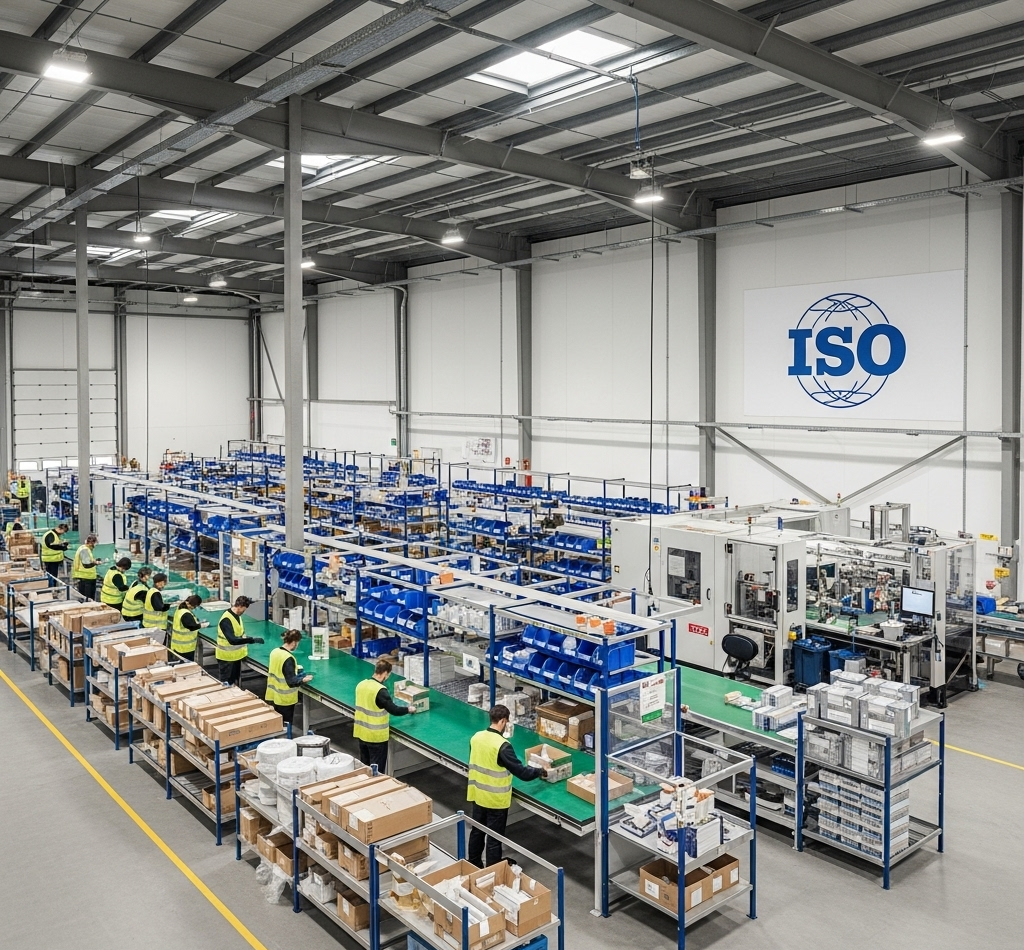
In today’s highly regulated business environment, sourcing from approved vendors is a critical component of a robust procurement strategy. A compliance-centric procurement process ensures that organizations adhere to internal policies, industry standards, and legal requirements while mitigating risks and fostering operational efficiency. This blog post explores the importance of sourcing from approved vendors, key steps to establish a compliance-focused procurement process, and best practices to maintain vendor relationships while upholding regulatory standards.
Sourcing from approved vendors is more than a bureaucratic checkbox—it’s a strategic approach to safeguard your organization. Here’s why it matters:
Regulatory Compliance: Many industries, such as healthcare, finance, and government contracting, are subject to strict regulations. Approved vendors are vetted to meet standards like ISO certifications, GDPR, or industry-specific requirements, reducing the risk of non-compliance penalties.
Risk Mitigation: Unvetted vendors may pose risks, including poor-quality products, unethical practices, or supply chain disruptions. Approved vendors undergo rigorous evaluations to ensure reliability, financial stability, and adherence to ethical standards.
Cost Efficiency: While it may seem counterintuitive, sourcing from approved vendors can reduce costs by minimizing disruptions, avoiding fines, and leveraging negotiated contracts for better pricing.
Reputation Management: Partnering with vendors who align with your organization’s values—such as sustainability or fair labor practices—enhances your brand’s reputation and builds stakeholder trust.
Streamlined Operations: Approved vendors are often integrated into streamlined procurement systems, enabling faster purchasing processes, better communication, and consistent quality.
Creating a procurement process centered on compliance requires careful planning and execution. Below are the key steps to establish a robust system for sourcing from approved vendors:
A clear vendor approval framework sets the foundation for compliance. This involves:
Defining Criteria: Establish criteria for vendor approval based on industry regulations, organizational needs, and risk profiles. Criteria may include financial stability, certifications, past performance, and adherence to environmental, social, and governance (ESG) standards.
Documentation Requirements: Require vendors to submit documentation such as tax records, certifications, insurance proof, and compliance reports.
Risk Assessment: Conduct due diligence to evaluate risks, including cybersecurity vulnerabilities, supply chain reliability, and geopolitical factors.
A centralized vendor management system ensures consistency and transparency. Key actions include:
Vendor Database: Maintain a digital database of approved vendors with details like contract terms, compliance status, and performance metrics.
Regular Audits: Schedule periodic audits to ensure vendors continue to meet compliance standards and update their information as needed.
Access Controls: Restrict procurement to approved vendors only, using procurement software to enforce compliance.
A structured approval process ensures that only compliant vendors are selected. This includes:
Pre-Qualification: Screen potential vendors through a standardized pre-qualification questionnaire to assess their capabilities and compliance.
Cross-Functional Review: Involve legal, finance, and compliance teams in the vendor approval process to ensure all regulatory and organizational requirements are met.
Contract Management: Use standardized contracts with clear terms for compliance, quality, and delivery expectations.
Technology plays a pivotal role in maintaining a compliance-centric procurement process:
Procurement Software: Use tools like Lasso to automate vendor selection, track compliance, and monitor performance.
Blockchain for Transparency: For high-risk industries, blockchain can provide an immutable record of vendor transactions and compliance data.
Data Analytics: Analyze vendor performance data to identify risks, optimize sourcing decisions, and ensure ongoing compliance.
A compliance-centric process requires buy-in from all stakeholders. Provide training to:
Procurement Teams: Educate staff on compliance requirements, vendor selection criteria, and the importance of adhering to approved vendor lists.
Vendors: Offer guidance to vendors on your organization’s expectations and compliance standards to foster alignment.
While compliance is critical, maintaining strong vendor relationships is equally important for long-term success. Here are some best practices:
Clear Communication: Establish open lines of communication with vendors to discuss expectations, performance, and compliance updates.
Performance Monitoring: Use key performance indicators (KPIs) like on-time delivery, quality metrics, and compliance adherence to evaluate vendors regularly.
Continuous Improvement: Collaborate with vendors to address gaps in performance or compliance, offering support to help them meet standards.
Ethical Sourcing: Prioritize vendors who align with your organization’s values, such as those committed to sustainability or diversity.
Regular Reviews: Conduct annual or bi-annual reviews to ensure vendors remain compliant and aligned with your organization’s goals.
Sourcing from approved vendors isn’t without challenges. Here’s how to address common hurdles:
Limited Vendor Pool: If the approved vendor list is too restrictive, periodically review and expand the list by onboarding new vendors who meet compliance criteria.
Cost Concerns: Balance compliance with cost by negotiating long-term contracts with approved vendors to secure favorable pricing.
Resistance to Change: Gain buy-in from stakeholders by demonstrating the value of compliance, such as reduced risks and improved efficiency.
Global Supply Chain Complexity: For global procurement, ensure vendors comply with international regulations like anti-bribery laws (e.g., FCPA) and trade sanctions.
Sourcing from approved vendors is a cornerstone of a compliance-centric procurement process. By establishing a robust vendor approval framework, leveraging technology, and fostering strong vendor relationships, organizations can mitigate risks, ensure regulatory compliance, and drive operational excellence. While challenges exist, a proactive approach to vendor management and continuous improvement can transform procurement into a strategic asset. By prioritizing compliance without sacrificing efficiency, businesses can build resilient supply chains that stand the test of time.
© 2025 Lasso Supply Chain Software LLC
Get instant access to our report on the Top Procurement Trends of 2025 by filling out the form below.

Get instant access to our report on the Top Procurement Trends of 2025.